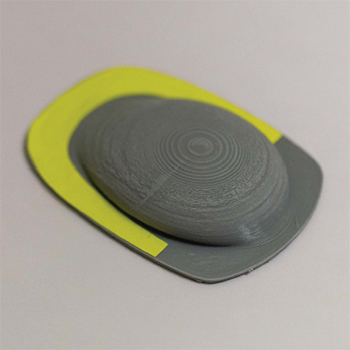In repetitive workflows like CAD, short, redundant, and seemingly trivial sets of movements can add up to cause significant fatigue and/or time wastage. Reaching over to press number keys on the keyboard using the mouse-wielding hand and back is a frequently repeated action. If we can eliminate the need to reach over to the keyboard to input numbers, we can reduce the time required to do the task. The prototypes detailed in this paper make the computer mouse capable of taking numerical input using gestures while holding the mouse in its resting position. Evaluation shows that it is easy to learn fingerspelling gestures, and they compare quite well to conventional devices like numpads in certain scenarios. Findings show that fingerspelling can be faster than traditional input methods when the user maintains their eyes on the screen. I concluded that fingerspelling interactions can act as a viable means of single-handed input, provided the encoding scheme and ergonomics are optimal.


